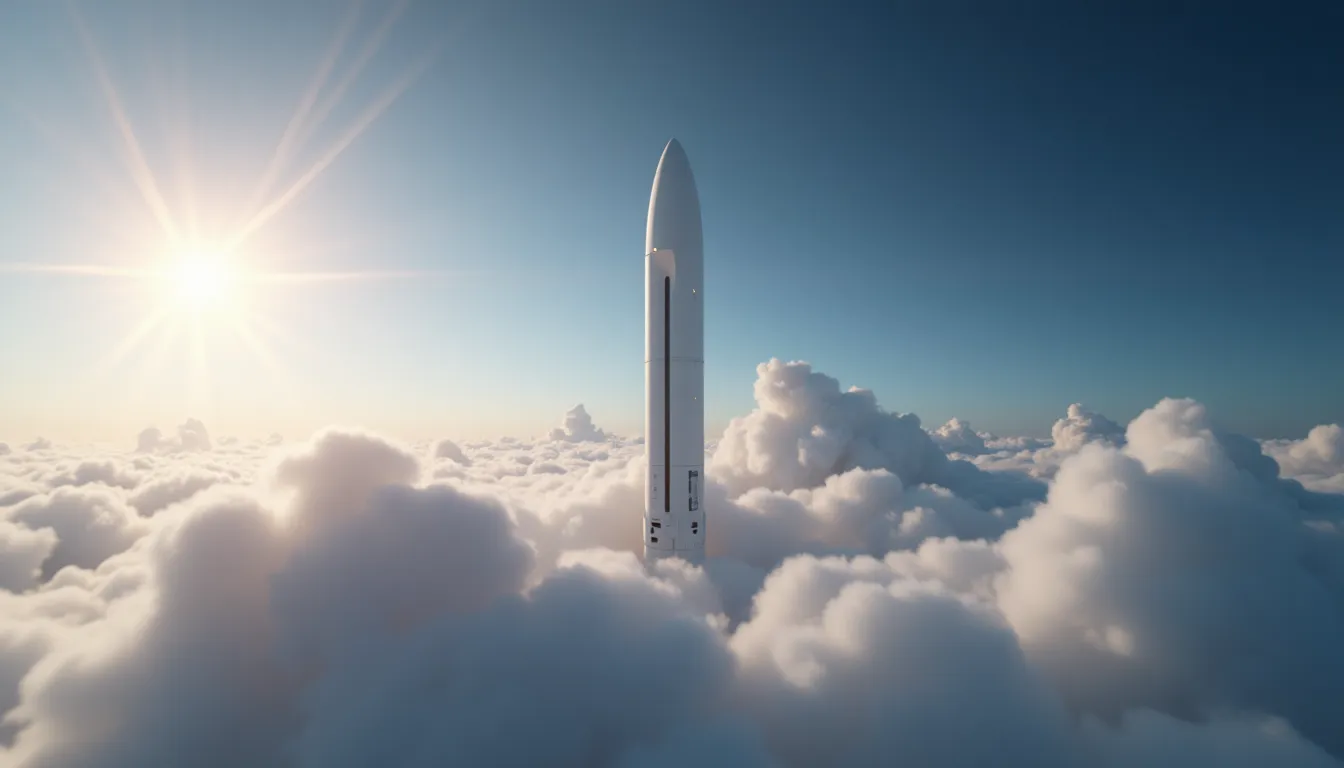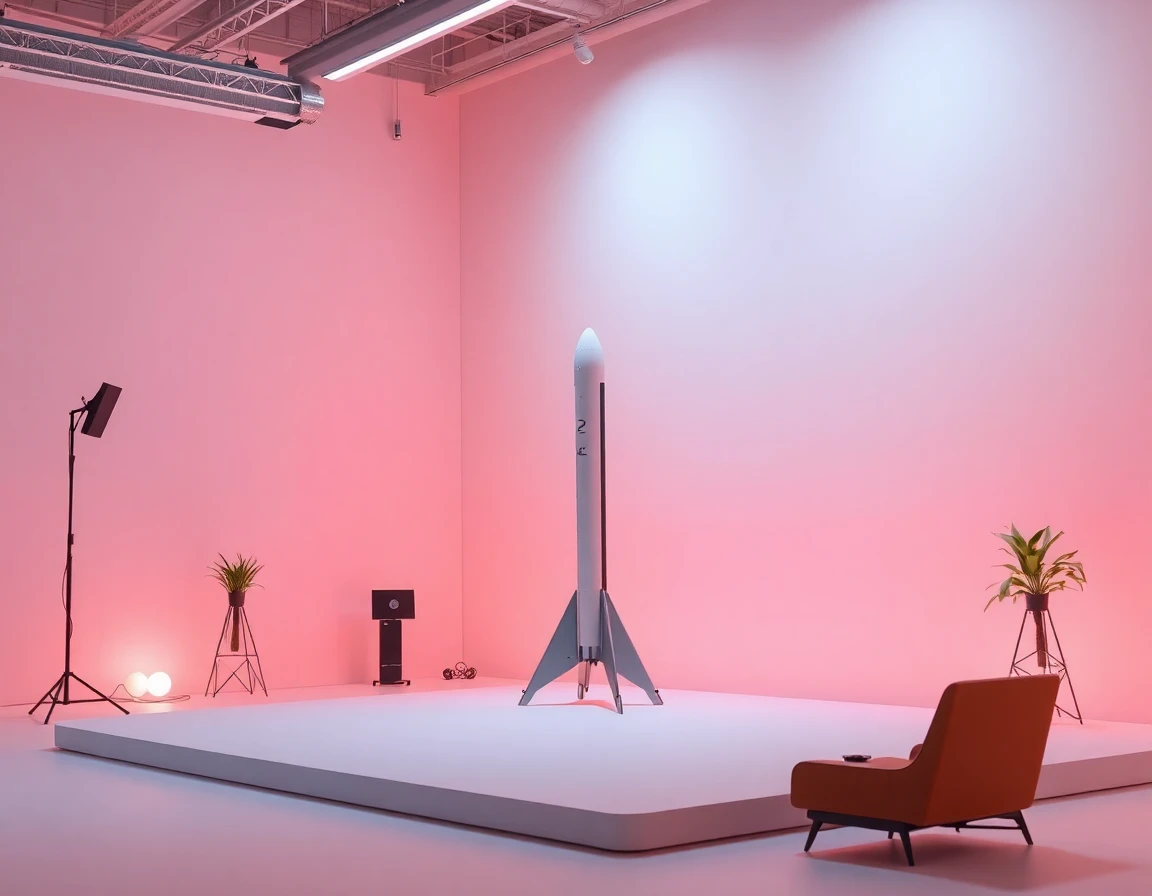In the rapidly evolving aerospace industry, SpaceX has once again made headlines by successfully launching 28 Starlink satellites and conducting the eleventh flight test of its Starship rocket. These events mark significant progress in the company’s ongoing efforts to enhance global internet coverage through the Starlink project and pave the way for future deep-space exploration.
Starlink Satellite Launch: Expanding Global Connectivity
On October 16, 2025, SpaceX launched 28 Starlink satellites into low Earth orbit using its reliable Falcon 9 rocket from Cape Canaveral Space Force Station in Florida. The successful deployment was a part of SpaceX’s ambitious mission to create a constellation of satellites that provide high-speed broadband internet services worldwide.
The Falcon 9 first stage booster, designated B1095, made a successful landing on the droneship “Just Read the Instructions” in the Atlantic Ocean, demonstrating SpaceX’s commitment to reusability. This milestone reinforces the company’s cost-reduction strategy, which has become a cornerstone of its operations.
SpaceX’s Starlink constellation now comprises thousands of satellites, aiming to bridge the digital divide by providing internet access to underserved areas. According to industry experts, this project could revolutionize global connectivity, especially in remote regions where traditional internet infrastructure is lacking. As noted by Dr. Emily Chen, a space technology analyst, “Starlink’s deployment is not just about connecting people; it’s about enabling new opportunities in education, telemedicine, and remote work.”
Starship Flight Test #11: Pushing the Boundaries of Space Exploration
Just a few days earlier, on October 13, 2025, SpaceX conducted the eleventh flight test of its Starship rocket, further validating its design and engineering advancements. Lifted off from Starbase, Texas, this test showcased several key upgrades that are critical for future missions to the Moon and Mars.
Key Enhancements in Propulsion and Systems
The latest Starship flight demonstrated a complete overhaul of the upper stage’s propulsion system, integrating a new high-thrust variant of the Raptor engine. This enhancement is pivotal as SpaceX gears up for longer-duration missions beyond Earth’s orbit. Alongside propulsion upgrades, the Starship has seen improvements in energy storage and avionics systems, enabling it to sustain extended flights.
Additionally, the test introduced new docking adapters, allowing for propellant transfer between Starships. This capability is essential for in-orbit refueling, which will be instrumental for missions to distant destinations. SpaceX’s CEO, Elon Musk, stated in a recent press conference, “The ability to refuel in orbit is a game-changer for deep space exploration. It allows us to reduce launch mass and increase payload capacity.”
Super Heavy Booster Innovations
The Super Heavy booster has also undergone significant upgrades, including a redesigned fuel transfer tube that enhances its operational efficiency. These modifications are not merely incremental; they are part of SpaceX’s broader strategy to achieve mass production readiness for the Starship system.
As the aerospace community eagerly anticipates future orbital missions, experts believe the advancements seen in this flight test position SpaceX as a frontrunner in the race for deep space exploration. “The technology being developed by SpaceX is setting new standards in the industry,” emphasizes Dr. Michael R. Simmons, an aerospace engineer. “It will undoubtedly influence the design and operation of future space vehicles.”
Conclusion
The recent successes of SpaceX in launching the Starlink satellites and conducting the Starship flight test underscore the company’s relentless pursuit of innovation in aerospace technology. As they continue to refine their reusable launch systems and expand their satellite constellation, the implications for global connectivity and deep space exploration are profound. With plans for orbital missions and further enhancements to their systems scheduled for the coming year, SpaceX is poised to redefine the boundaries of what is possible in space travel.
As the industry watches, the integration of advanced technologies like precision accelerometers and high-precision fiber optic sensing coils will likely play an essential role in ensuring the reliability and efficiency of these ambitious missions. The future of space exploration is bright, and SpaceX is at the forefront of this exciting era.
References
-
SpaceX sends 28 Starlink satellites to low Earth orbit in predawn launch (spaceflightnow.com) - 10/16/2025
-
SpaceX Starlink 311 launch and Falcon 9 first stage landing, 16 … (www.youtube.com) - 10/16/2025
-
Starship’s Eleventh Flight Test - SpaceX (www.spacex.com) - 10/14/2025
-
SpaceX launches its massive rocket Starship’s 11th test flight (www.youtube.com) - 10/14/2025
-
Launches - SpaceX (www.spacex.com) - 11/26/2022



